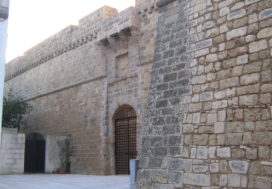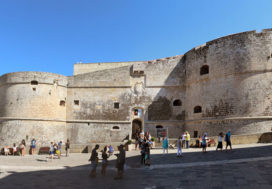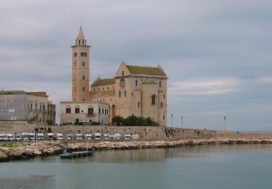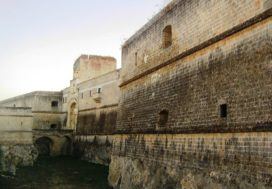During your stay in the ancient Masseria Pagani situated in Nardò on the Ionic side of Salento in Puglia, today restored as an exclusive Resort, you can discover the beauties of Salento in Nardò and surroundings.
Nardò
The town of Nardò is waiting for us to conquer us with its ancient origins dating back to prehistoric times and all the subsequent historical phases that culturally characterize and are visible in the rich architecture.
We can start admiring Salandra Square, which dates back to the fourteenth century, has monuments of great historical and architectural importance. It was the old “municipal square,” has changed its face in the course of history, but it is still the heart of the town, with an outstandingly beautiful frame represented by the churches of St. Tryphon and St. Dominic, by the Palazzo del Sedile, the Palazzo dell’Università and the Fountain of the Bull.
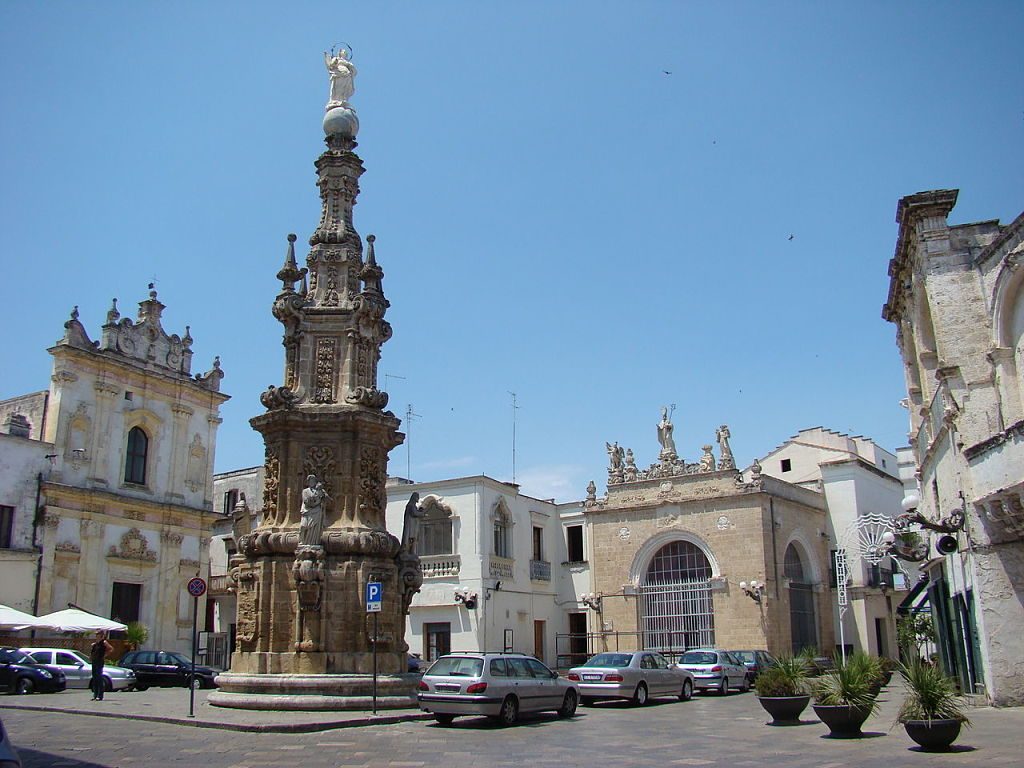
Salandra Square Nardò
The Temple of The Osanna dates back to 1603 when it was built by the mayors Teotino and Dimitri and is an important witness to the Baroque period. Initially it was used for the blessing on the Palm Sunday. Its particular octagonal structure with eight columns and its dome with eight spiers are from of the Gothic period.
The Palace of Sedile dates back to the fifteenth century, was the seat of civic government and is the direct evidence of the rule of Acquaviva family over the town of Nardò started in feudalism and until 1806. The main structure is simple with Renaissance style arcades, later, at the end of the seventeenth century were added the statues in Baroque style of St. Michael the Archangel, St. Gregorio Armeno and St. Anthony of Padua, the patron of the town.
If you visit Nardò you have to see the Cathedral of Santa Maria, which lies on the ancient remains of a church dating back to the seventh century. The Norman Goffredo rebuilt a new church in 1080, which was dedicated to the Assumption by Pope Urban II. Throughout history the cathedral has had substantial changes, but we can still admire the structure of the basilica with three naves, two rows of arches and Baroque altars. Even the beautiful frescoes are evidence of different eras with Our Lady of Grace dating back to 1249 (important work by Baiulardo), St. Nicholas dating back to the fourteenth century, St. Augustine dating back to the fifteenth century, and the Virgin and Child dating back to 1511.
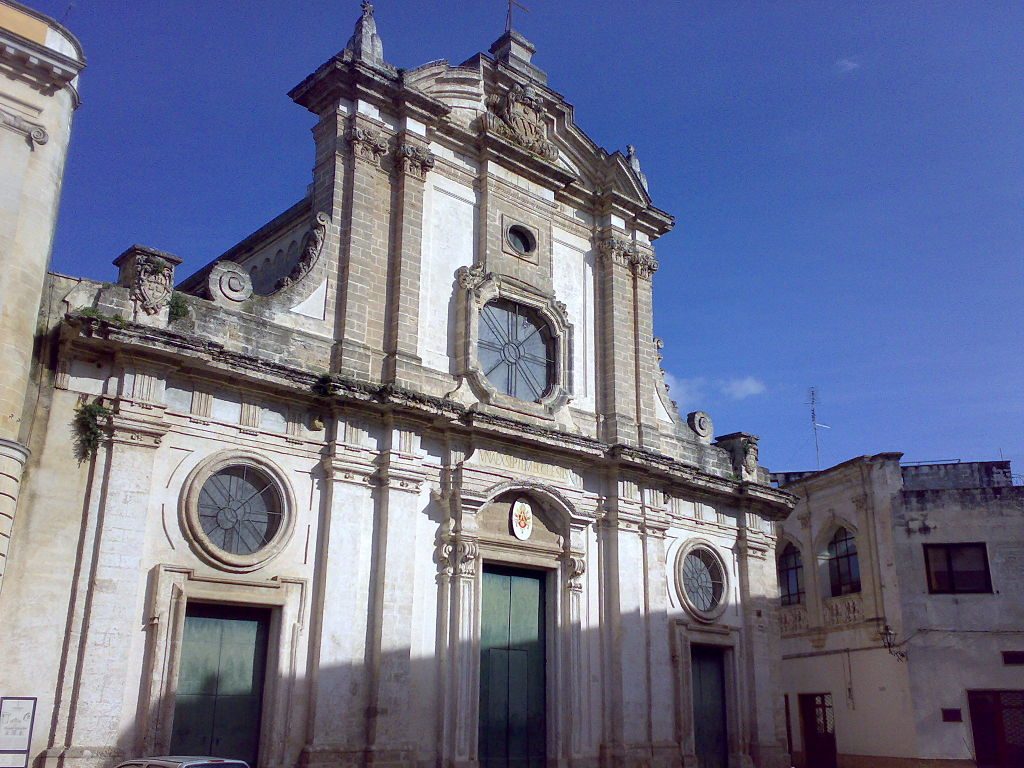
Cathedral of Santa Maria Nardò
Gallipoli
Gallipoli has ancient origins and, because of its strategic position on the coast, it has faced numerous battles and invasions. It seems that the characteristic web of narrow streets in the old town center is due to a defense strategy against enemies and the need to build within the ancient walls.
The Cathedral of St. Agata, dedicated to the patron saint of the town, is also called the Cathedral of Gallipoli. It dates back to the Baroque period of the seventeenth century, and is one of the most important monuments of Salento. It has a Latin cross structure and three naves with Baroque altars of great artistic importance. The niches have the stone statues of St. Agata, San Fausto, San Sebastian, Santa Marina, St. Teresa of Avila. The cathedral is also an important art gallery with numerous paintings. For its historical and artistic value, the cathedral was designated a national monument in 1940 by royal decree of King Vittorio Emanuele III.
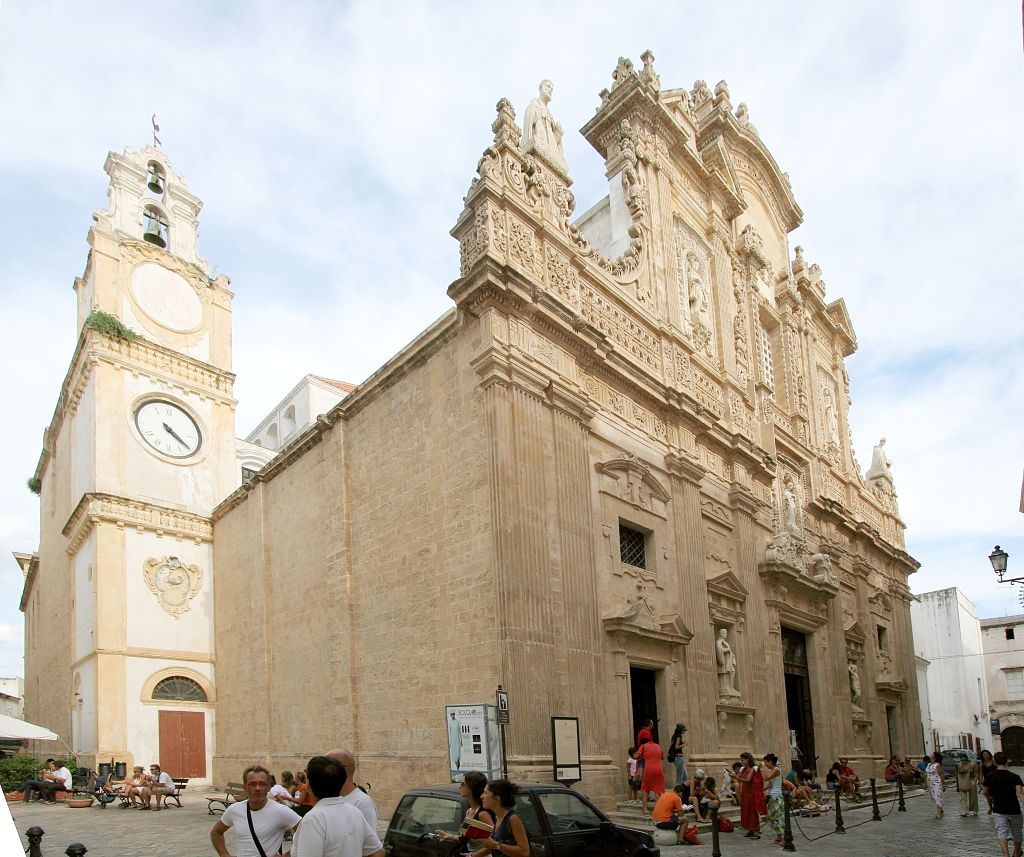
Cathedral of St. Agata Gallipoli
The imposing Angevin Castle is really suggestive. It dates back to the eleventh century and was built on already existing Roman walls. It was rebuilt in the thirteenth century. The construction leans on the sea and is almost completely surrounded by water, for a stunning effect. To protect the town of Gallipoli, the castle has three circular towers and a polygonal tower. Inside the tower we can admire the catapults and cannons. The castle is connected to the mainland by a stone bridge, but there’s also the old wooden drawbridge.
The mills of the Viceroy is a recent discovery of 2002, found in the basement, renovated and then opened to the public in 2013. Under the town of Gallipoli there are 35 mills and about 2,000 tanks for oil collection. This gives an idea of the importance of oil in the history and economy of this region, in fact it’s called Green Gold.



